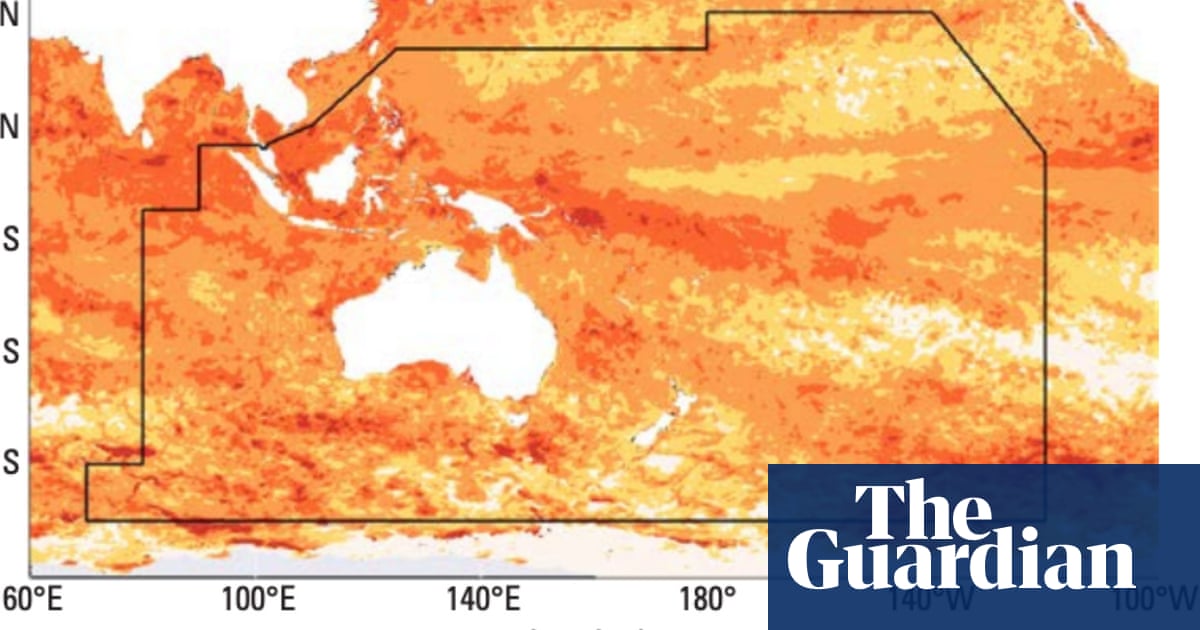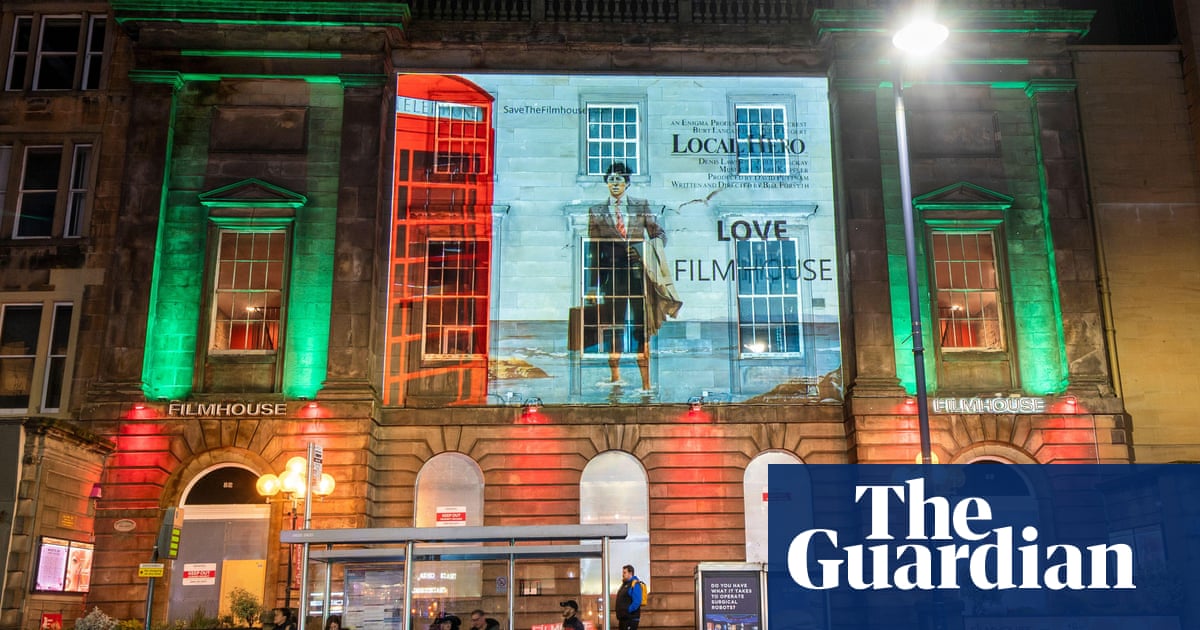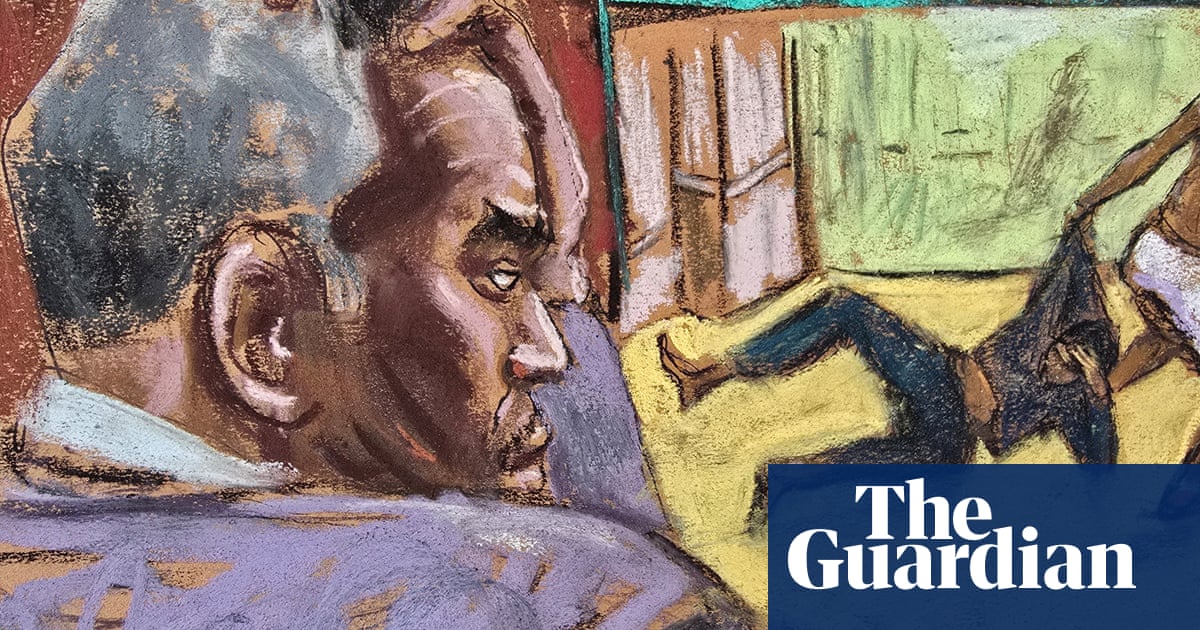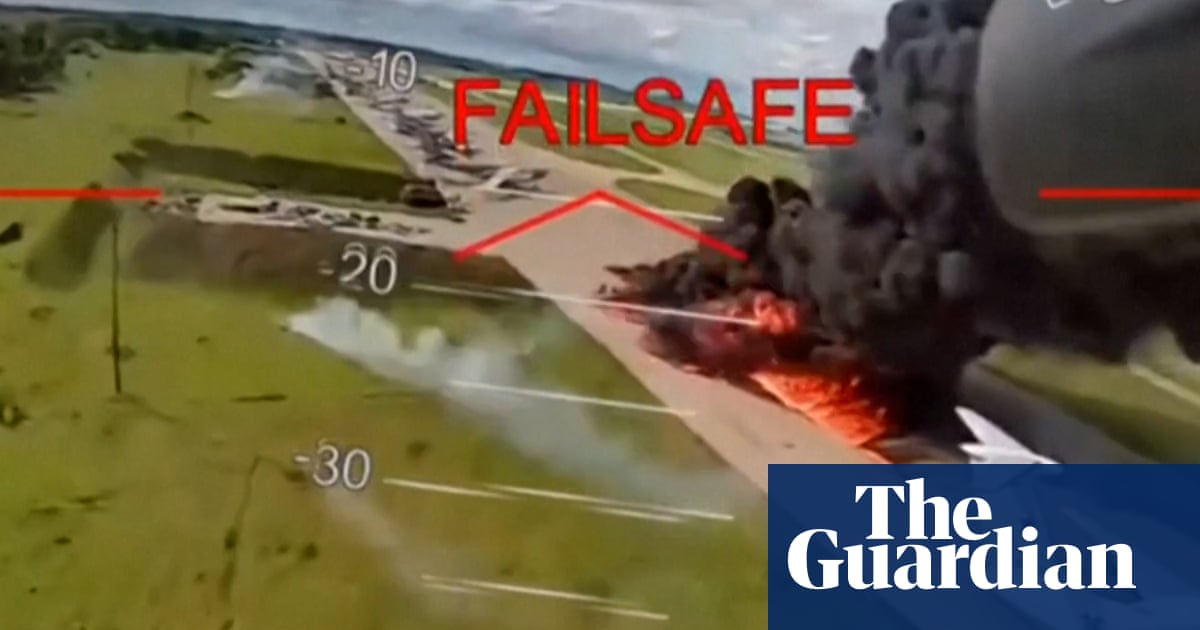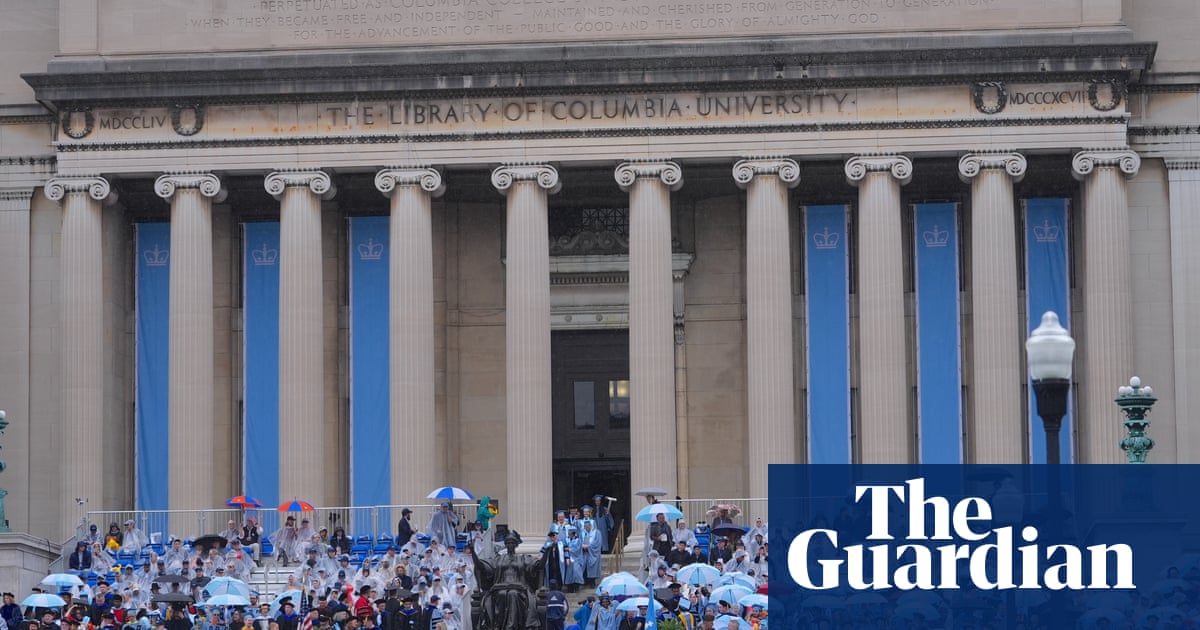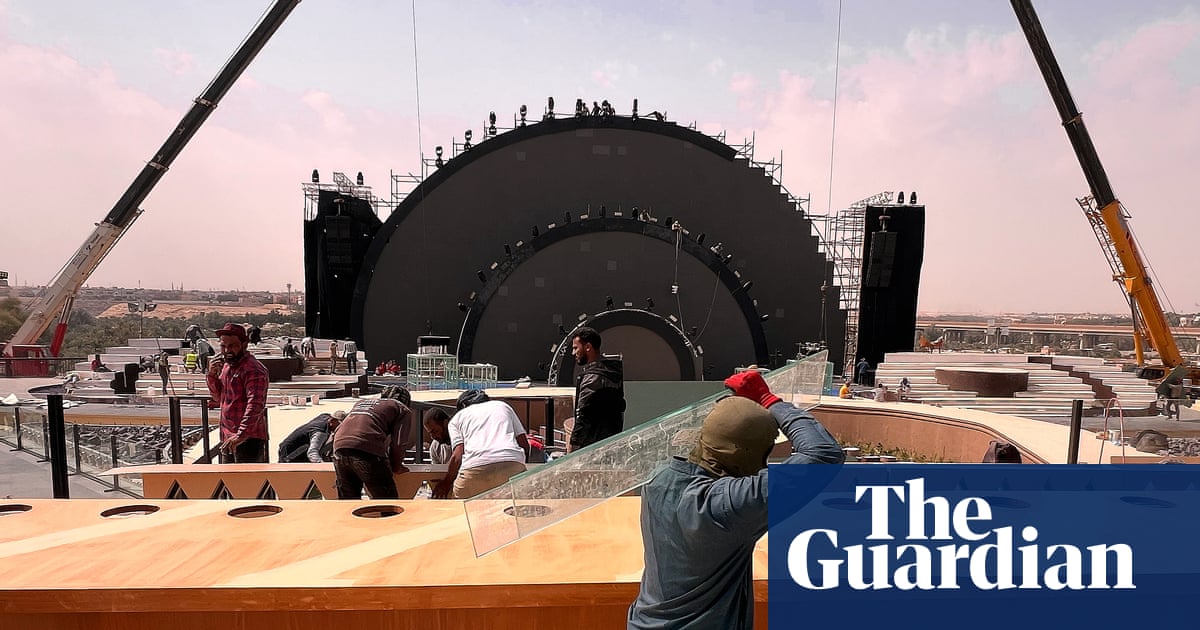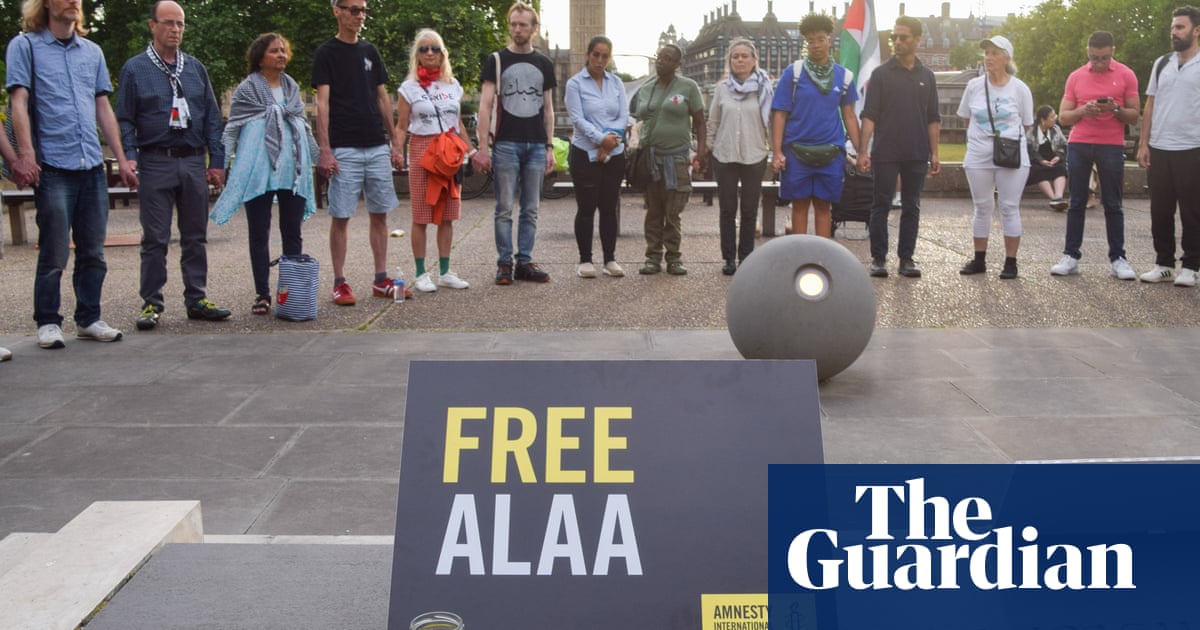St Kevin’s Roman Catholic church, Bargeddie (1950)
Modernist Churches of Scotland is a book that explores the remarkable postwar boom in church building. It shows buildings that are often tucked away in housing schemes and largely unnoticed by the wider public. These churches were built to serve emerging new communities. At no time before or since were so many churches built so quicklyModernist Churches of Scotland by Matthew Dransfield is available here

St Mungo’s church, Cumbernauld (1963)
Cumbernauld was designated a new town in 1955, and is infamous for its divisive brutalist shopping centre (1967), which is thought to be Britain’s first shopping centre and the world’s first multi-level covered town centre. Cumbernauld is also famous for appearing in the film Gregory’s Girl. A key design element for the town was the separation of pedestrians from cars, achieved through bridges and underpasses instead of pedestrian crossings. Cumbernauld is regarded as representing a significant moment in modernist and brutalist town design

St Bride’s Roman Catholic church, East Kilbride (1964)
This Grade A listed colossus of a building – red brick and brutalist in style – is acknowledged as one of the finest works of postwar church architecture in the country. More akin to a fortress than a place of worship, the Guardian described it as “an architectural and spiritual outlier, a brooding, brutalist box, with thick brick walls, which aped the heft of medieval Caledonian castles”. Due to structural problems, the 90ft high campanile, which consisted of two brick slabs with slatted timberscreen infilling, was dismantled in 1987
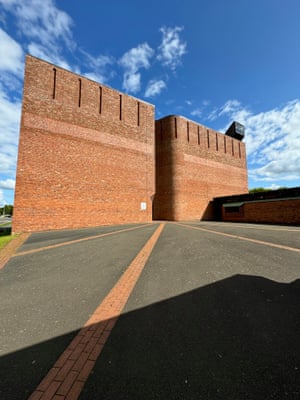
St Andrew’s Catholic church, Livingston (1970)
This Category B listed church is situated on a steeply raised site in the centre of the mid-20th century new town housing scheme of Livingston. It features a modernist, brutalist style with an angled roof rising to a prominent singular point to the south. The church cost £88,000 to complete. The congregation space is Scandinavian in style, with a terrazzo floor, a raised curved altar plinth, curved whitewalls with doors to confessionals, and a radially boarded timber ceiling. Despite alterations, the church has retained its original character

Craigsbank parish church, Corstorphine (1964)
This striking, almost windowless Category A listed building is a hidden gem. Despite being only a couple of streets away from one of the main arteries in and out of Edinburgh, you can only catch a glimpse of it if you know where to look. The original timber seating is arranged as in an amphitheatre or hillside hollow, reminiscent of conventicle churches of the 1800s where worshippers met in hillside hollows south of Edinburgh. There was originally a moat, but it proved problematic to the building’s fabric
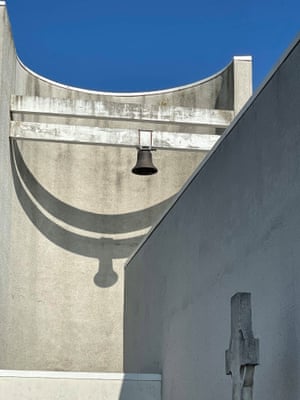
St Margaret’s church, Rosyth (1970)
Rosyth is located on the Firth of Forth and is Scotland’s first Garden City. It is best known for its dockyard. Rosyth and nearby Charlestown were centres for ship-breaking, salvaging much of the German fleet scuttled at Gutter Sound, Scapa Flow, as well as the Cunard Line’s RMS Mauretania and the White Star Line’s RMS Olympic. The naval base closed in 1994, and no Royal Navy ships are based at Rosyth, though small ships return for docking and refit activities
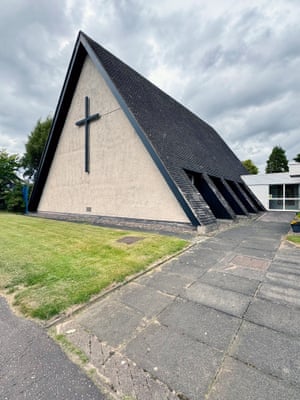
Boghall parish church, Bathgate (1965)
This Category C listed church features a dramatic hyperbolic paraboloid roof, finished internally with timber. Windows with plain coloured glass between the roof and the walls light the interior
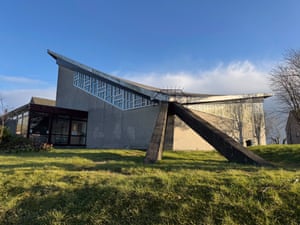
St Columba’s parish church, Glenrothes (1962)
This Category A listed building was commissioned in 1958 as a church, parochial centre and manse. It was subject to a very tight budget of £34,000. Alberto Morrocco created the large mural, The Way of the Cross, completed in 1962
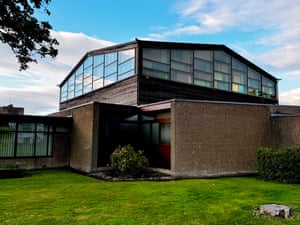
St Francis Xavier’s church, Falkirk (1961)
St Francis Xavier’s church was designed by the Edinburgh-based architect Alexander Ritchie Conlon. It replaced an earlier church destroyed by fire in 1955. The church features a modern block design of exposed concrete. The distinctive entrance tower showcases the architectural talent of the time. The carved concrete figures at the base of the fins represent the four Evangelists – lion, man, eagle and ox - created by Elisabeth Dempster. The prominent carving of St Francis Xavier was crafted by Maxwell Allan from a single block of Blaxter stone
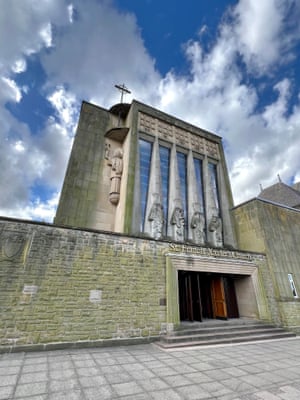
Sacred Heart Roman Catholic church, Kildrum (1964)
This Category A listed church features a light mustard-coloured rendered brick (originally cream render), built on a slope and connected to the presbytery. The church features stained glass by Sadie F McLellan, a renowned Scottish stained glass artist
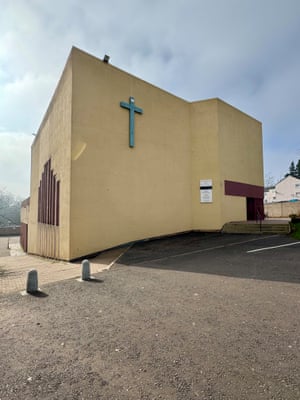
Pennywell Kirk, Edinburgh (1965)
The Church of Scotland is consolidating and merging some congregations. This one merged with the nearby Old Kirk which was sold in 2015, and the congregations merged with Cramond Kirk. In the 1980s, the Muirhouse housing estate and its residents were blighted by drug addiction, crime and antisocial behaviour. Trainspotting author Irvine Welsh lived in Muirhouse, as did former Scottish footballer Gordon Strachan. Major redevelopment of the area is underway

Kilsyth church of God, Kilsyth (1962)
This church is a prime example of A-frame construction, typical of its era. It is in immaculate condition and doesn’t look over 60 years old

St Andrew’s parish church, Clermiston (1958)
St Andrew’s parish church is the only church built in Scotland by Sir Basil Spence, who designed Coventry Cathedral. Spence reused stone from the earlier Drumsheugh parish church. The cross and ball on the bell tower were covered in gold leaf, and this ‘light of Christ’ was intended to be seen over the Forth in Fife. The interior of the church reflects Scandinavian influences, which were common at the time
Photograph: Matthew Dransfield

Mortonhall crematorium, Edinburgh (1967)
Not a church, but a significant modernist religious building that is Category A Listed. Light floods into the building dramatically through coloured glass. Located in the south of the city, the building comprises a main structure with two large chapels and a cremation and services block, a separate private chapel, a garden of remembrance and staff residences. A pyramid on the roof serves as a spire and also allows light into the large chapel, directly over where the coffin sits during the funeral service. The main chapel has seating for 250 people

St Gabriel Roman Catholic church, Prestonpans (1968)
St Gabriel’s is a Category B listed example of postwar ecclesiastical architecture, retaining its original character and form with its unusual modernist concentric circular design. The church features a sloping flat roof with three bands of roof lights. The main congregation space has solid curved walls and no windows, with natural light provided at floor level by a horizontal glazed band. Shallow concrete ponds, emptied in 2013, were located under the decorative windows, designed to reflect sunlight through the stained-glass window
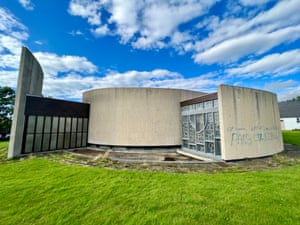
St John Ogilvie’s Roman Catholic church, Edinburgh (1970)
Sir Frank Mears & Partners were appointed as architects to design Wester Hailes, Edinburgh, with construction beginning in 1967. The Wester Hailes Association of Tenants formed soon after. Their newsletter reported: ‘A primary school, a shop and lots of houses – that about sums up Wester Hailes. We need a secondary school quickly, we need a community centre, nursery or pre-school facilities for the very young children and their mothers, a club of some kind for our teenagers, more shops, a post office, letter boxes. You name it, we haven’t got it’
Photograph: Matthew Dransfield
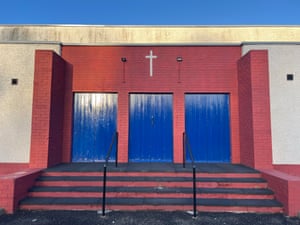

 1 day ago
13
1 day ago
13

